As an Amazon Associate I earn from qualifying purchases.
If you want to make the best venison burgers, you’ve come to the right place. I’ve worked at gourmet burger joints, made thousands of burgers and have perfected this particular venison burger recipe over the past 20 years. It’s the real deal, and it’s a lot easier than you think to make a memorable deer burger.
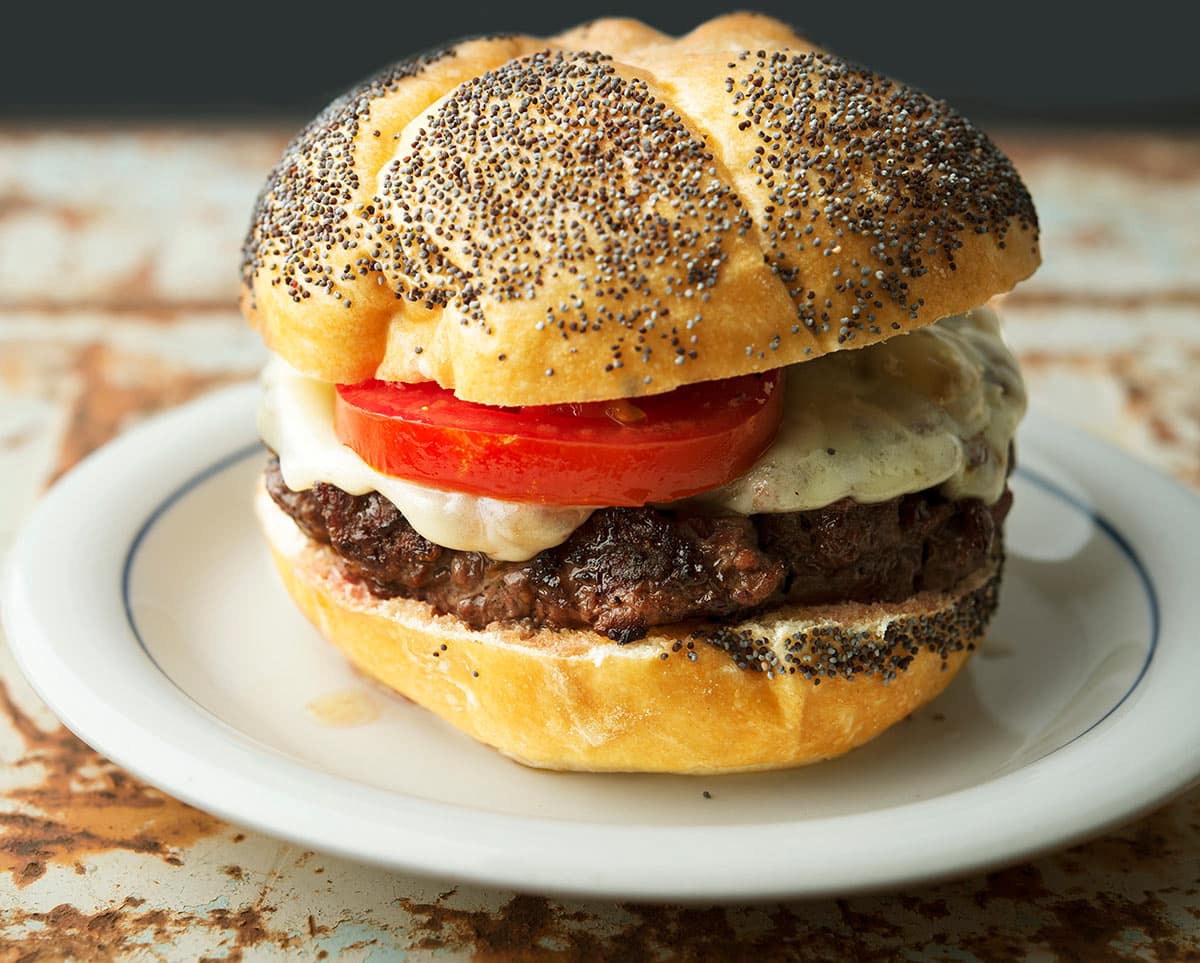
Ideas about the “perfect burger recipe” are as varied as there are minds to contemplate such weighty matters. I’ve thought a lot about what makes “perfect” venison burgers over the years, so here goes. Let’s start with some basics.
For starters, a great many “perfect deer burger” recipes are not actually burgers: They’re sausage patties, technically speaking. For a burger to be a burger, it is nothing more than meat and fat and maybe salt. No Saltines, no Lawry’s spice in the mix, no breadcrumbs or anything like that. All those things might taste nice, but they are not really a burger.
For a burger to be a real, honest burger, it should be a celebration of the meat it is made of. In this case deer burger — or elk, moose, antelope, caribou, whatever. I use “deer meat” in the abstract, not the specific. More in a bit.
Fat in Venison Burgers
Ideally, a great burger has ample fat, somewhere between 10 and 20 percent by weight. I am partial to 15 percent. In the case of venison burgers, only a little of that fat is from the deer because too much deer fat will ruin the mouthfeel of your venison burgers. (More on the ins and outs of cooking with deer fat here.)
When I make my own burger grind, I will add about 5 percent deer fat, just for flavor. This is not enough to get that waxy nastiness, but is enough so you know you are eating venison burgers, not ones made from beef. Most of this 5 percent comes from bits of fat on the pieces of meat I am grinding; I rarely add it specifically. If for some reason you happen to have bison on hand, grind it with its own fat — it will be amazing.
Beef fat trimmed from steaks and roasts, or pork fat are what I recommend for the rest. I’ve also used bacon ends; they’re sold in large vac sealed bags in most supermarkets.
Beef fat trim is better for burgers but harder to find, and it will skew the flavor of your venison burgers towards a “regular” burger, while pork fat is easier to get and more neutral, but is a little softer. I’ve seen lamb fat in venison burgers, too, and it’s OK, but a little too hard for me.
Do not add already rendered fats, such as lard, to the mixture. Pre-rendered fat will simply melt and leak out and stay in your pan, or cause flare-ups on your grill. You need actual pork or beef fat.
Meat in Venison Burgers
Duh, venison. But from where? I’ve seen complicated equations involving exact percentages of this cut of meat or that one, including such horrors as including hanger steak or skirt steak in a burger. These are noble cuts, not something to be ground into venison burgers. Might as well grind a ribeye. And yes, I am certain at least one person reading this has done that.
I generally do two different grinds for different sorts of venison burgers: A coarse and a fine grind. The coarse grind, 6 mm in the meat grinder if you want specifics, I make with clean fat and stew meat. I rarely grind this twice. The fine grind I use random trim with fat, and I always grind that twice, first coarse and then through a 4.5 mm die. Generally speaking, the gnarlier the meat is, the more and finer it should be ground. But basically any cut on the animal works.
And if you are worried about “gamey meat,” read this article. It should answer all your questions.
Pre-ground Venison
This one’s for those of you who don’t butcher your own animals. You’ll be given one-pound packets of ground venison from your butcher or processor. (Often it’s not your deer, but that’s another story.) Now you should always have the option of having fat mixed into the grind. I’ve never heard of a processor who didn’t offer that. Take them up on that offer if you want to make venison burgers. Again, beef or pork, it’s up to you.
For those of you who don’t want fat in your venison burgers, know that they will be dry and awful unless you decide you don’t want an actual burger. Most people in this case add those Saltines or breadcrumbs or eggs, and all of these additions make it a sausage patty, not a burger. Some of those taste fine. But if you are in the no-fat crowd, this is not the venison burgers recipe for you.
A final note on pre-ground venison: It’s rarely ground twice, and it is usually somewhere between coarse and fine. In my mind, the worst of both worlds, but hey, it’s better than not having ground venison, right?
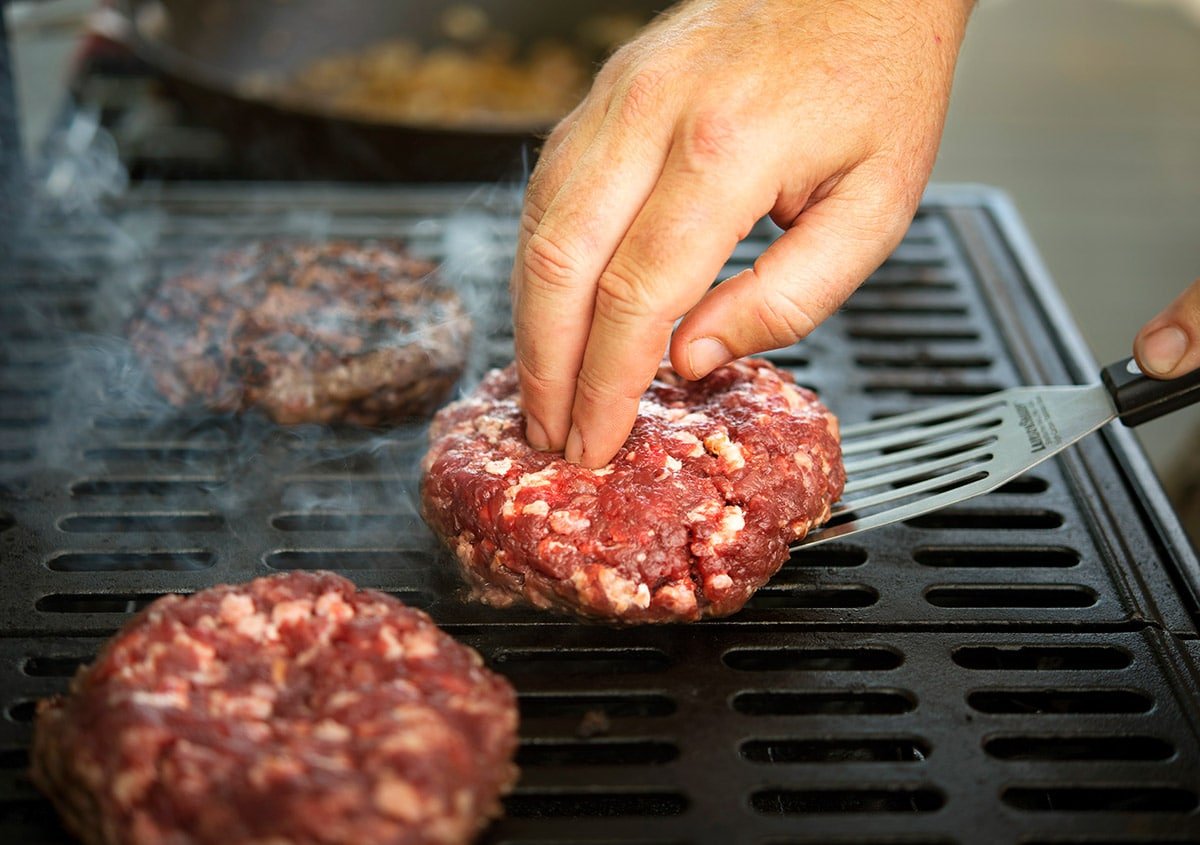
Coarse vs. Fine Grind
About those grinds. I use that clean, coarse grind for thick, big, grilled burgers. Coarsely ground meat is better for a grilled burger. My green chile elk burger is a great example of this. Finely ground meat is better for a skillet or griddle burger, like, say, an Oklahoma onion burger.
Obviously both work kinda-sorta in their opposite role, but I have to say that coarsely ground venison makes a shoddy diner-style smash burger.
Food Safety in Venison Burgers
I always cook my venison burgers medium to medium-well — so cooked, but still a little pink. About 145°F internal if you want specifics. It’s just how I like my burgers in general.
The biggest health risk you could in theory face with venison burgers is Chronic Wasting Disease — except that is has never ever been recorded in humans ever. (Here’s an article about the current state of the research on CWD.) If that ailment does jump the species barrier to humans, you’re hosed. No amount of cooking will kill it. So let’s just hope it doesn’t cross that species barrier.
Other than that, foodborne illness from venison is vanishingly rare. There are one or two cases of toxoplasmosis and e. coli 0157 bacteria poisoning every couple years, but considering the millions of pounds of venison eaten by millions of people, you’re more likely to get struck by lightning, surviving, then eaten by a shark.
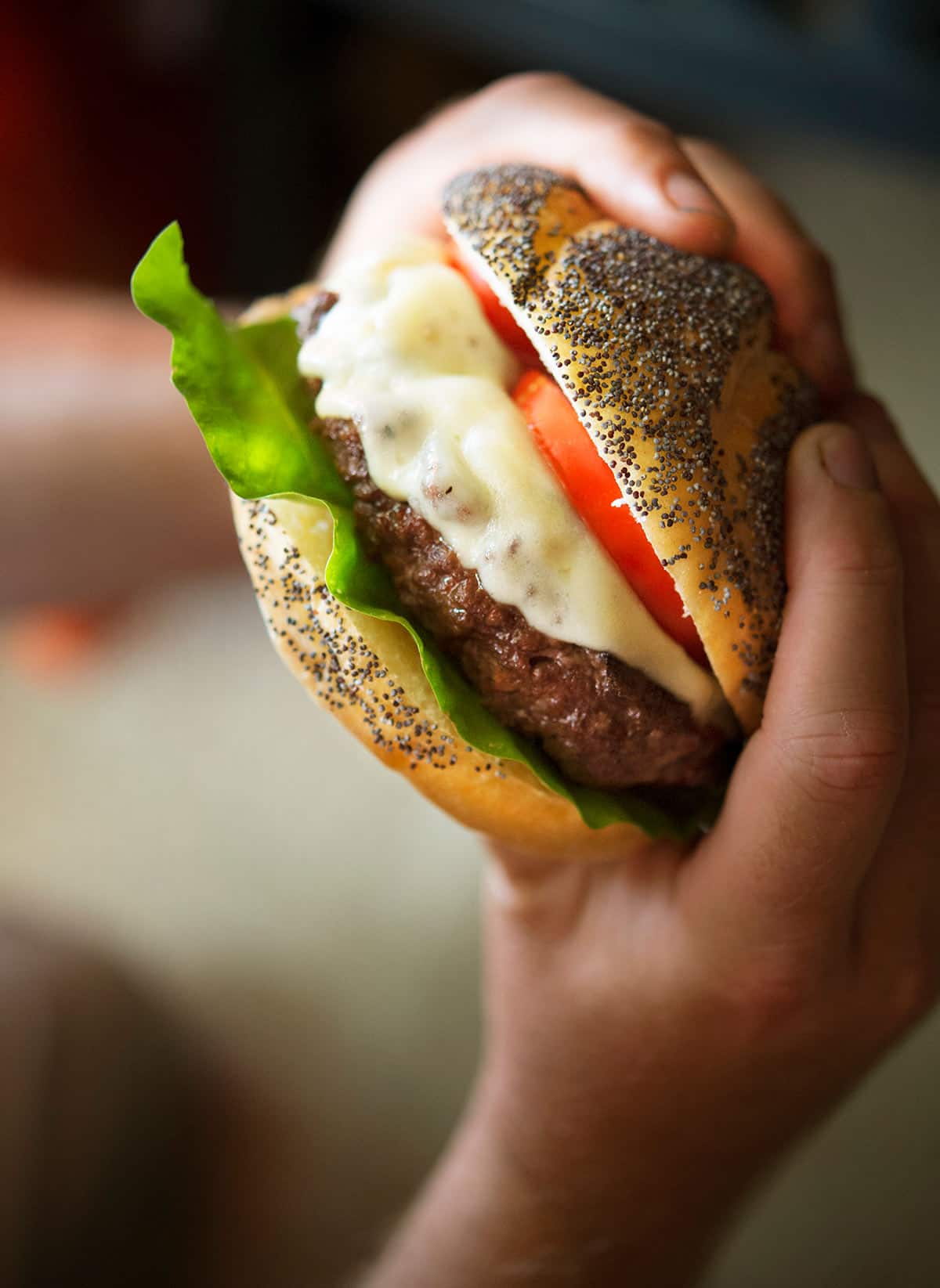
Toppings
This is one where I can’t really help you. This one is 100 percent up to you. I’ve had burgers with almost nothing on them, and I’ve had “burger stacks” so tall I could barely eat them, and everything in between.
Cheese or no cheese? Cooked or raw onions? Mayo? Mustard? Is it nobler to use hothouse tomatoes on your burger in winter or not to do so, and by opposing this outrageous arrow against seasonality, end the debate forever? (Sorry, Hamlet. Had to.)
Well, here is where I stand.
My Perfect Venison Burgers
I will preface all this by saying that this is, to me, a perfect burger. To you, it may not be. And you are free to disagree. That’s why this is America (or Canada, or wherever it is you happen to be reading this).
First: Start with a meat mixture that is about 15 percent fat by weight. This is standard with pre-ground venison you get from a processor, so no need to alter things if that’s how you are making venison burgers. Don’t go less than 10 percent.
Second: Grind your own if at all possible. This is the secret to virtually every great burger joint’s meat. Grinding your own takes less than 10 minutes (unless you are feeding an army), and gives you ultimate control over texture and composition. And in the world of venison burgers, this is what I’ve come to like best: Venison meat from the shoulder, ribs, neck or hind leg, ground with pork fat.
Side note: If you are grinding and then cooking right away, try using bacon ends. It’s amazing.
Third: Gently patties must you make, young padawan! So Sayeth Yoda. These aren’t meatballs, folks. Think of a burger like a you would a crabcake, which is supposed to just barely hold together. It’s a fine line between perfect and too crumbly, but a dense, packed patty is depressing and somehow un-American. This is the real hit on those venison burgers recipes that have lots of fillers — they are stiff and hard, not gentle and lovely like all the wondrous burgers you’ve eaten in your life.
Fourth: Salt only the outside of the burger, right before you cook or even when you flip the patty. This one matters. Salt denatures proteins, which is why sausage binds so well and, incidentally, has a very different texture from a good burger. Add salt to the meat mixture and you have a sausage patty, not a hamburger. And yes, people have done experiments proving this. (As for my bacon ends, which contain salt, I use them only when I grind and cook, not when I grind lots of burger in advance and freeze it.)
Fifth: Grilled burgers are only better when there’s wood or charcoal involved. Yes, I cook burgers over gas grills, and they are nice, but not qualitatively better than those done in a pan inside. Unless of course you add smoke chips to your gas grill. Meat + woodsmoke = awesome.
Sixth: Flip once, or several times. It doesn’t matter in the final judgment. And yes, people have done experiments proving this. I flip only once because I want a hard crust on the outside of the burger, which I find helps hold it together.
Seventh: Rest thine burgers. It’s the little-known 12th Commandment, lost in the making of Mel Brooks’ History of the World Part I. (The 11th Commandment has something to do with Republicans…) Why? Remember the original name of a hamburger: hamburger steak. You rest steaks right? Right? Please tell me you do…
Eighth: Let all else be free. Let your burger freak flag fly when it comes to toppings. Just let the meat be the star, OK?
Storing Venison Burgers
I tend to not store deer burger as patties. Mostly I will vacuum seal a couple pounds of fine, or coarse, burger grind and then make patties when I am going to cook them. Pro tip on vac sealing ground meat: Press the meat into the corners of the bag and flatten it out before sealing. Keeps air pockets from forming.
If you liked this recipe, please leave a ⭐️⭐️⭐️⭐️⭐️ rating and a comment below; I’d love to hear how everything went. If you’re on Instagram, share a picture and tag me at huntgathercook.
Venison Burgers
Ingredients
- 1 1/2 pounds venison
- 1/2 pound pork or beef fat, chopped roughly
- Salt (smoked salt if you have it)
- Freshly ground black pepper
- 3 tablespoons butter, lard or vegetable oil
- 1 large or 2 medium onions, thinly sliced
- Burger buns
- Something green like bibb lettuce, arugula, sorrel or spinach
- Slices of fresh tomato, or canned, fire-roasted peppers (winter), summer
- Slices of cheese of your choice
- Condiment of your choice (ketchup mustard, remoulade, mayo, etc)
Instructions
GRINDING YOUR OWN
- Make sure the meat and fat are cold. Cut the venison into chunks that will fit into your grinder. Do the same for the fat. Mix the two together roughly so you can add a bit of each into the grinder as you go. Grind through a medium (6 mm) plate for coarse burgers. If you want fine burgers, grind a second time through a 4.5 mm plate.
MAKING PATTIES
- Make between 4 and 6 patties, depending on how large you want your burgers. Form the patties with only as much force as absolutely needed -- you want the patties to hold together only loosely. Make them about 1/2 to 1 inch thick. Use your thumb to press an indentation into the center of each patty: This prevents the burgers from turning spherical when you cook them. Set the burgers aside.
- Heat the butter in a frying pan over medium-high heat. When it's hot, add the sliced onion and cook until it's done to your liking. Some people like juicy onion with a little char on the edges, some people prefer to go the full caramelized onion route. When finished, put the onions in a bowl so you can have them ready.
GRILLED BURGERS
- I prefer grilled burgers, so I'll go through that method. Heat your grill on high and be sure to scrape down the grates with a brush. Only salt your burgers right before you cook them. Place the patties on the grill and cook them without disturbing them (with the grill cover open) for 3 to 5 minutes, depending on how well done you like your burgers. Flip and cook for the same amount on the other side. I prefer 3 minutes per side with a really hot grill.
- When you flip the burgers, grind some black pepper over them, then spoon a little caramelized onion on each one if you'd like. With about 90 seconds to go on the second side, lay the cheese on top of the onions and cover the grill until the burger's ready. If you like toasted buns, toast them on the grill in this last 90 seconds. When everything's done, move the burgers and buns to a sheet tray or plate so the meat can rest for 5 minutes, while you build the burgers.
GRIDDLE BURGERS
- For griddled burgers inside on a frying pan, skillet or griddle, follow the instructions in my recipe for Oklahoma onion burgers. Basically you put the patty down, squash it, and then sear and flip. This method is faster than the grill method.
TOPPINGS
- You can do this any way you want, but I start with a green thing, then some ketchup or mayo or whatever, then the burger patty that has the onions and cheese already on it, topped with a slice of tomato (or roasted red pepper) and finally some more of whatever condiment I happen to be using. My method is just how I do things; you can do anything you'd like.
Video
Nutrition
Nutrition information is automatically calculated, so should only be used as an approximation.

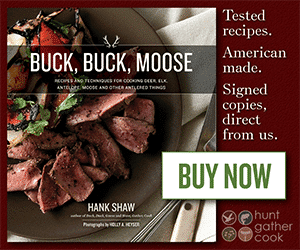
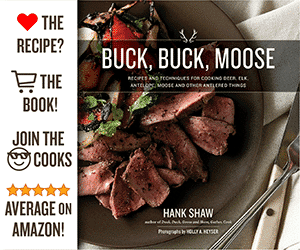
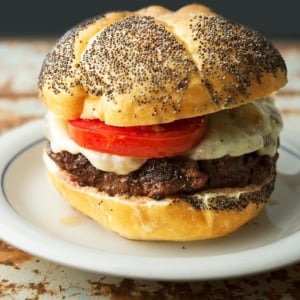
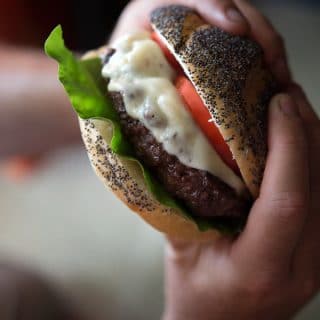
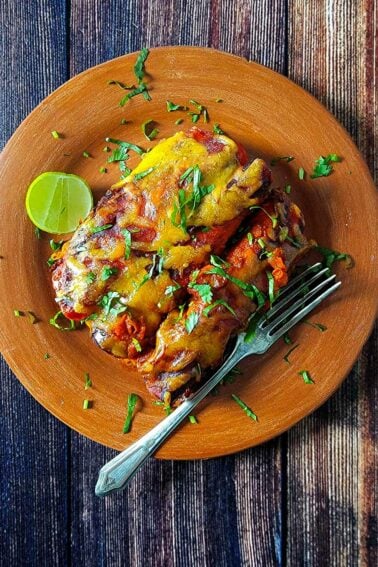
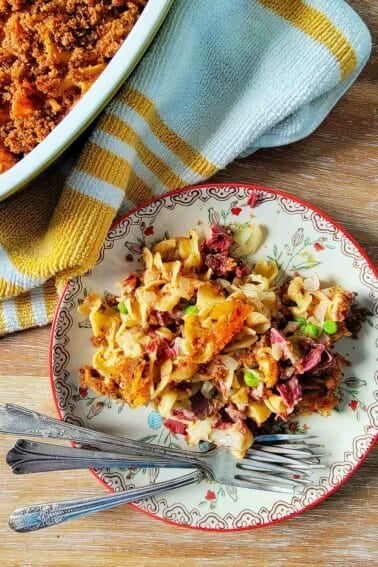
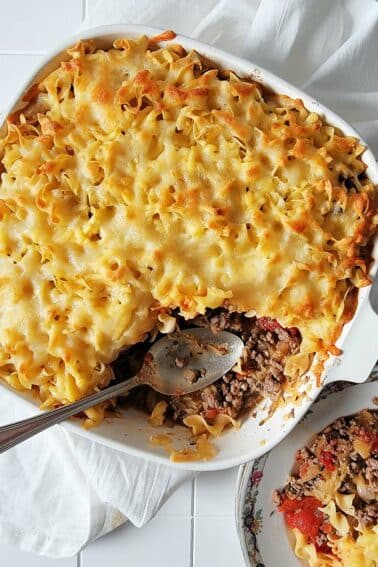
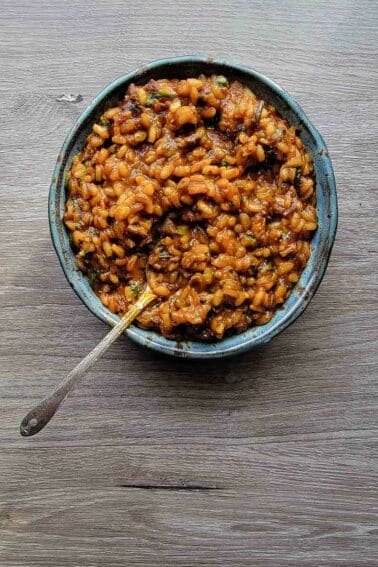
This is my go-to method for venison burgers and they come out amazing every time.
Best recipes for Venison that I have ever found! I wish I would have known 30 years ago how good Venison burgers could taste! All the tacos and chili that I made could have been shared with having some great burgers too! Thanks Hank!!!
This is all fantastic info. I butcher at home, but bring my trim in for grinding commercially bc I shoot and use between 3 and 4 deer a year and I don’t have a great grinder.
I typically don’t have the processor add fat bc I use my ground for everything, so what I do is I make my patties, season, and then throw a lump of frozen butter on top. Grill, flip, and add more frozen butter. It’s not ideal, and it’s not this perfection level of a burger, but it does get the job done and keeps things relatively juicy!
Quick, easy, and Delicious
Can the cooked burgers be frozen for later consumption?
Don: Sure.